Nintendo has been a video game giant since the early 1980s. For about 15 years, big-budget Nintendo games cost $60. In fact, that was the standard game price across the industry. Meanwhile, Nintendo’s consoles are generally cheaper than most competing gaming systems, such as the Xbox and the PlayStation. Its consoles have never cost more than $300…until now.
At $450, the Switch 2 is Nintendo’s priciest console. And Mario Kart World is priced at $80 — the most expensive base game Nintendo has ever released. Some fans are outraged by the price increase. But some industry analysts say that it’s time for games to be more expensive, considering the rising costs of game development and inflation, among other factors.
So, why is Nintendo suddenly so expensive? And what does an $80 game mean for Nintendo and the entire video game industry?






 Your new post is loading...
Your new post is loading...


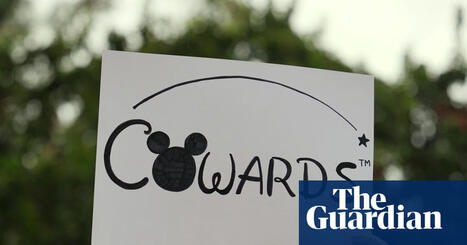


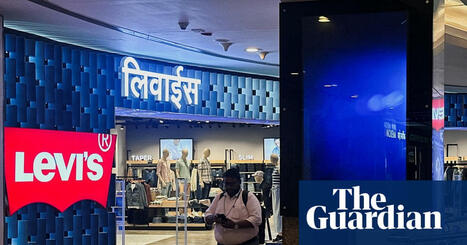





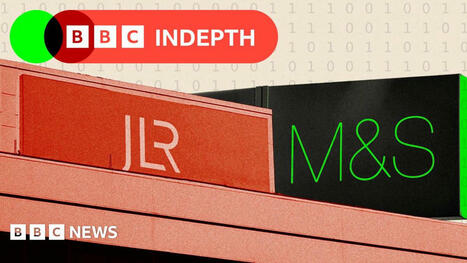



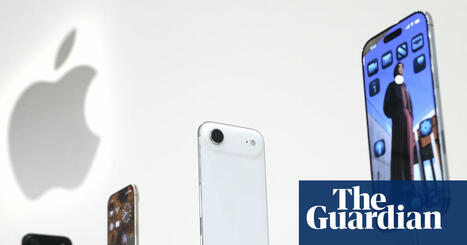
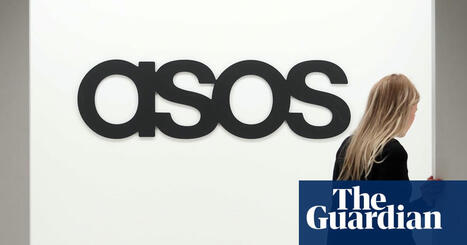


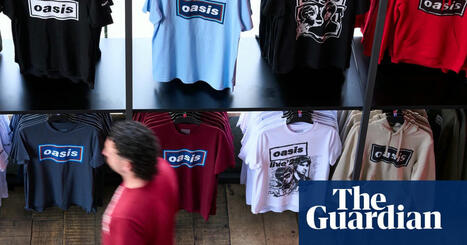







And here's an assessment of the organisational culture of the John Lewis Partnership, with the editor of Retail Gazette identifying it as the key feature of the organisation's identity, and arguing that diluting this is going to have an adverse effect on both productivity and, potentially, revenues.
As she notes, the founder's aim was "not to maximise profits but to generate “sufficient” profit for its purpose" and anything that deviates from that runs the risk of destroying the brand.